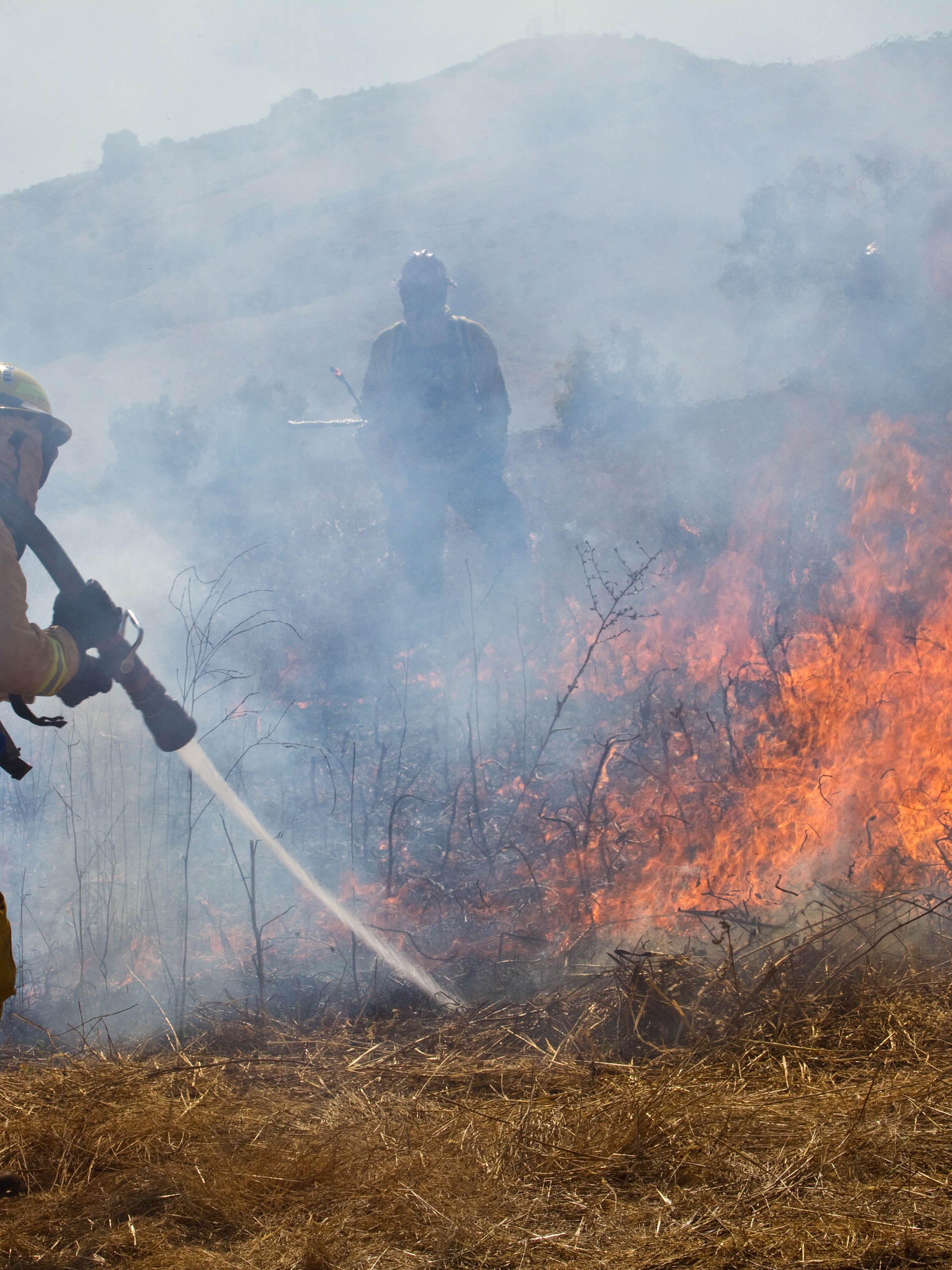Wildland firefighting is one of the most physically grueling and heroic professions, but that doesn’t mean you should underestimate the psychological demands of wildland firefighting. While the physical challenges are clear, the mental resilience required often defines long-term success in this demanding role. For seasonal rookies and seasoned professionals, understanding and addressing these challenges is essential to thriving on and off the fireline.
Constant Exposure to Uncertainty
Firelines are arenas of unpredictability, shaped by shifting winds, rugged terrain, and rapidly changing fire behavior. Every moment requires split-second decisions under immense pressure. This unrelenting uncertainty taxes even the most composed individuals, especially in remote settings where limited external support enhances emotional strain. The mental stamina required to adapt is as vital as the technical skills firefighters bring to the field.
Mental Fatigue and Prolonged Stress
Long shifts and disrupted sleep patterns quickly take their toll over a fire season. These prolonged periods of hyper-focus and vigilance can drain cognitive resources, leading to decision fatigue and burnout.
Though the adrenaline rush keeps firefighters operating at intense tempos, cumulative exhaustion often sneaks up and undermines mental clarity. The psychological aspects extend far beyond the active fire scene, affecting well-being long after shifts end.
Emotional Weight of Responsibility
The mission to protect lives, land, and property intensifies the emotional burden of the job. Crew leaders and experienced personnel bear the responsibility of ensuring the safety of their teams in hazardous, high-risk environments. The specter of consequences—for a misplaced call or a missed variable—is a constant shadow, amplifying the stress associated with leadership roles.
Even among new firefighters, the pressure to perform, stay sharp, and not endanger others builds quickly. Every decision in the field carries weight, and the mental load doesn’t lift when the fire is out. This constant awareness sharpens focus but can also leave lasting psychological effects if not managed properly.
Isolation and Disconnection
Wildland firefighters often spend weeks or months at a time cut off from their families and communities. The absence of these anchors creates a unique form of loneliness and disconnection. Returning home at the end of a season can sometimes bring difficulty as individuals reintegrate into routines that feel strangely unfamiliar. This period of transition can exacerbate feelings of disorientation or even trigger symptoms of depression.
Building Mental Resilience
Mental resilience plays a critical role in wildland firefighting. Firefighters strengthen their psychological resilience by relying on peer support and shared experiences within their crews. Many also engage in ongoing mental training to sharpen focus and manage stress in high-pressure environments.
Following protocols like the safety rules every wildland firefighter should follow helps minimize both physical danger and the psychological strain that comes with uncertainty on the fireline.
Finding Strength Beyond the Fireline
The courage to face the psychological demands of wildland firefighting is just as admirable as the physical endurance required for this role. This job tests the body and mind equally. By cultivating resilience and fostering community connections, wildland firefighters continue to exhibit strength far beyond the fireline. To all those who take on this challenge, your dedication does not go unnoticed.
Casey Cartwright
Latest posts by Casey Cartwright (see all)
- Psychological Demands of Wildland Firefighting – June 23, 2025
- Essential Equipment Every Beginner Needs for Archery – June 18, 2025
- The Best Fish To Try and Catch in Northern Canada – June 4, 2025

Leave a Reply